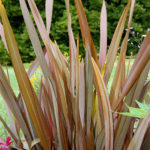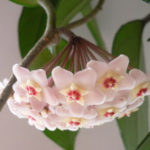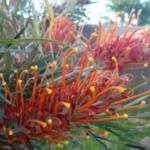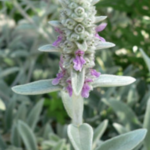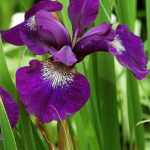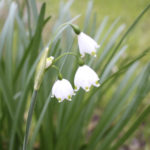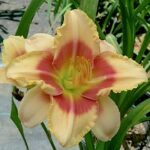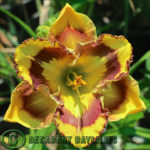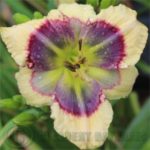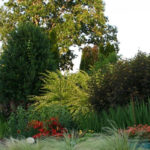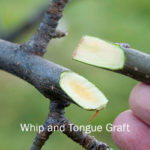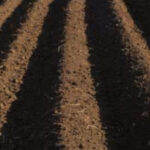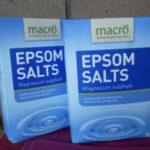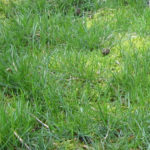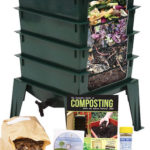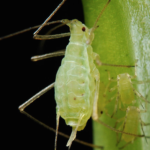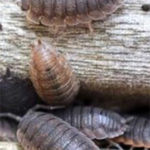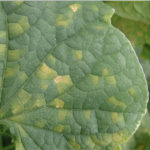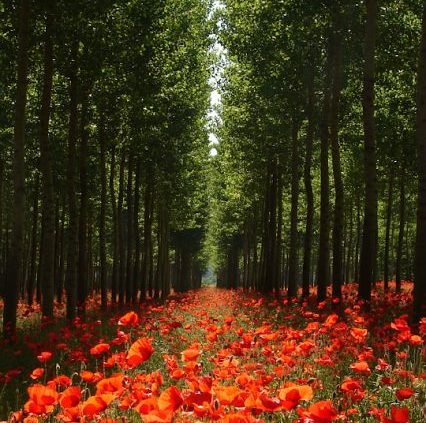
Growing Poppy Plants From Seed
How To Plant And Grow Poppy Plants From Seeds
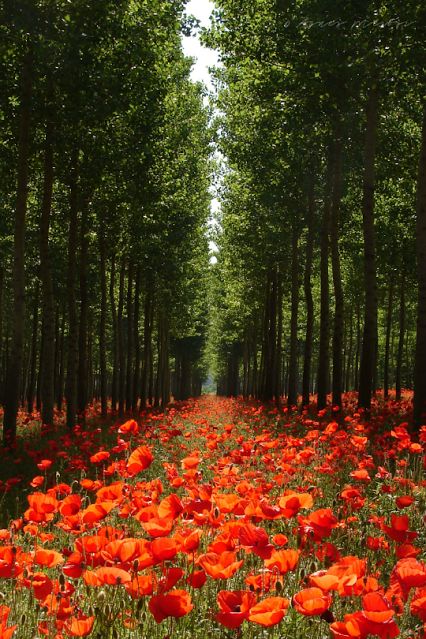 Papaver Paeoniflorum or peony poppy is related to the Opium poppy or Papaver somniferum is a flowering plant belonging to the family Papaveracea. Peony poppies are a valuable and legal ornamental plant for gardens as the flower colour ranges from vibrant to pale. The varieties produce double flowers in colours of black, purple, scarlet, pink, white, mauve and yellow.
Papaver Paeoniflorum or peony poppy is related to the Opium poppy or Papaver somniferum is a flowering plant belonging to the family Papaveracea. Peony poppies are a valuable and legal ornamental plant for gardens as the flower colour ranges from vibrant to pale. The varieties produce double flowers in colours of black, purple, scarlet, pink, white, mauve and yellow.
They can be used in large drifts, meadows or as a border garden plant. Poppy plants grow easily from seeds and are self-sowing, make plants to pop up in different places in the garden. They are not invasive and it is easy to pull out the seedlings growing in unwanted areas.
These pants are tolerant to frost and need cool weather and cool soil to germinate and grow in. The plant has many medicinal uses and the poppy seeds are used as food in many countries. Some poppy plants have been grown and used as painkillers, intoxicant, muscle relaxant, remedy for diarrhoea, etc. These plants require the least maintenance.
Flanders poppies grow to 60cm, they can be sown thickly.
Papaver rhoeas the common red corn poppy, American Legion has a white cross at the base centre of the flower petals.
The artificial silk red poppy is worn on clothing two weeks before Remembrance Day, 11 November by millions of people all over the world.
The Flanders poppy has always been and remains the official symbol, remembering the war and our fallen heroes.
Planting Poppy Plants
The best time to plant the poppy seeds to give you annual colour, during early autumn or during the 1st half of March in Australia in a weed free flower bed.
If you plant the seeds in autumn, you can expect the blooms in the following spring season.
If planting occurs in spring blooms will be ready in summer.
The optimal temperature for the germination of poppy seeds is at 10 C to 25 C, but the seeds can germinate at marginally lower and higher temperature range.
The sprouts germinate at different speeds depending on the variety. It can vary from 3 days to 3 weeks.
Poppy plants need reasonably well-drained soil. If you have clay soil, amend it with compost by digging down a few inches of the soil.
Though the plant can thrive in the acidic and alkaline soil the best option the soil with neutral pH.
You need to select a place with full sun that receives at least 6 hours of sunlight each day to plant the seeds.
Blooming is profuse when the growing conditions are cooler.
When the temperature increases the blooms become sporadic.
Scatter the seeds on the loose top soil. Make sure that you do not bury the soil.
How to Grow?
- You will need one gram of seed to cover a square metre
- The soil should be moist for the first few weeks until the sprouts come out. Reduce watering after that and water them thoroughly once in a few days.
- Reducing watering improves root growth and reduces the chances of root rot and mould attacks.
- 2-3 weeks after sprouting thin the plants so that they are at least 12 inches apart. This will ensure more flowers and larger pods.
- If needed, you can feed the plants using organic fertilisers.
- In the first few weeks of the growth providing a light application of blood and bone meal will give and reward the seedlings with better growth.
- During the flowering stage (6-8 weeks) add fertiliser containing phosphorus.
The blooming of poppy plants occurs about 10-12 weeks after planting them. The petals may last for 3 days. The seed pod is present in the centre of the flower and the seed pods continue growing even after the petals get dropped. The pods are ready to harvest when they develop bluish tint and is covered by a whitish layer. These plants are of great value to the home gardener. Special care should be taken to guard off common pests slugs, snails, and aphids.


